Forget the Hype: A Real-Talk Guide to Fall’s Best Foods
I’ve been in the nutrition world for a long time, long enough to see countless food trends pop up and then fade away. One of the stickiest? The idea of a ‘superfood.’ Let’s be honest, it’s mostly a marketing gimmick, not a scientific term. There’s no single magic food that will fix your health overnight. True wellness is all about your overall eating habits, day in and day out.
In this article
That said, some foods are just ridiculously packed with the good stuff our bodies crave. And the fall harvest? It’s a goldmine.
As the air gets crisp, we naturally start wanting warmer, heartier meals. This isn’t just you wanting a cozy sweater in food form; it’s your body’s instinct to load up on nutrients for the colder months ahead. We need things that support our immune system, fight off inflammation, and give us steady energy. The brilliant oranges, deep reds, and dark greens you see in the produce aisle are basically nature’s way of color-coding the nutrition inside.
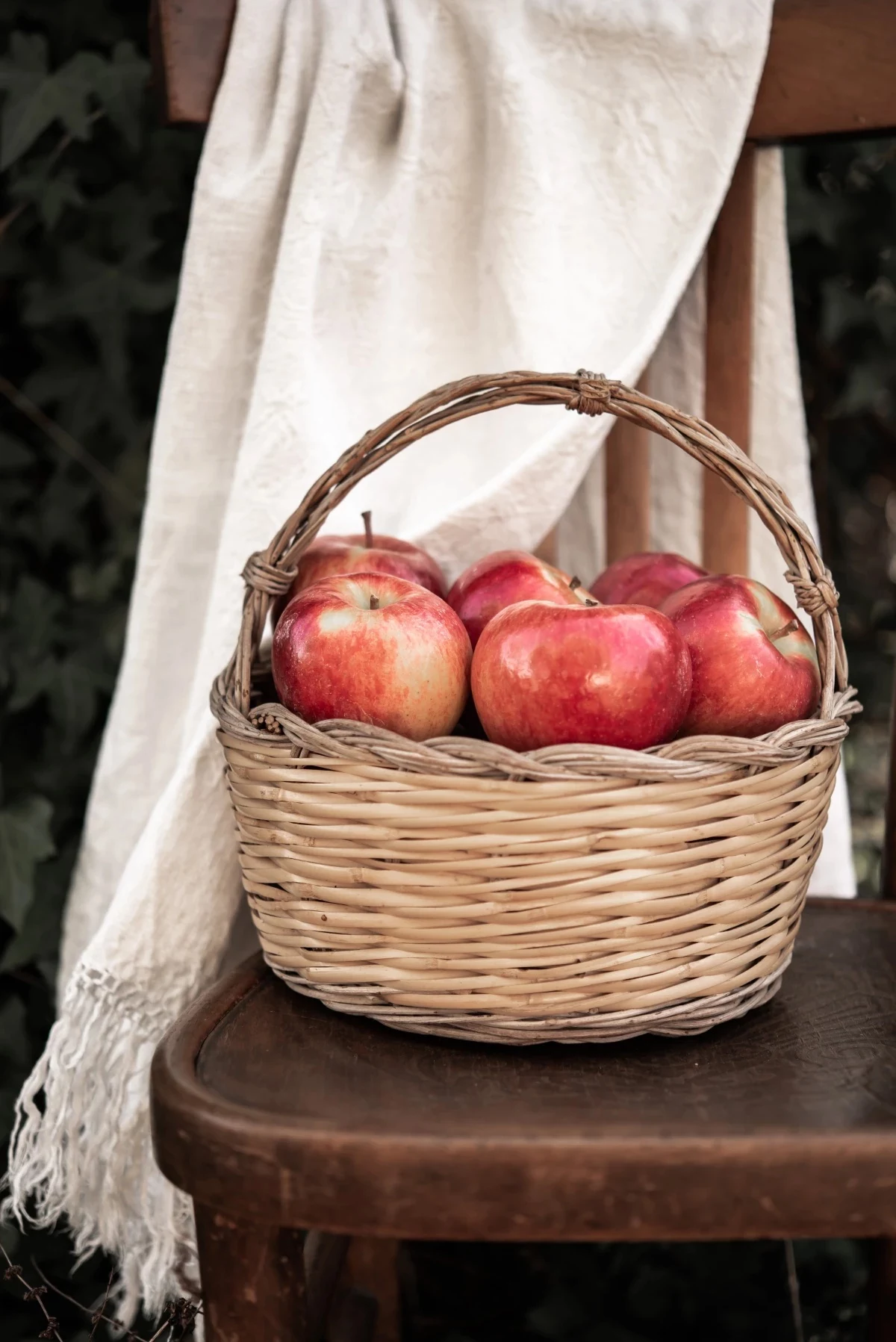
This isn’t just another list of ‘what to eat.’ I want to pull back the curtain and show you why these foods work and how to use them in your actual, real-life kitchen. This is the stuff that makes a difference—understanding your food, not just eating it.
Apples: More Than Just a Daily Cliché
You know the old saying, and it turns out there’s some real truth to it. But the real magic of an apple isn’t just one thing; it’s the team effort between its fiber, its vitamins, and the powerhouse compounds hiding in the peel.
What’s Really Going On Inside an Apple
The main event in an apple is its fiber—specifically a soluble fiber called pectin. When pectin hits your digestive system, it forms a gel. This gel is a game-changer for two reasons. First, it slows everything down, which helps prevent those wild blood sugar spikes after you eat. It’s a key trick for maintaining steady energy. Second, pectin is a prebiotic, meaning it’s the preferred food for the good bacteria in your gut. And a happy gut is the foundation for everything from a strong immune system to a better mood.
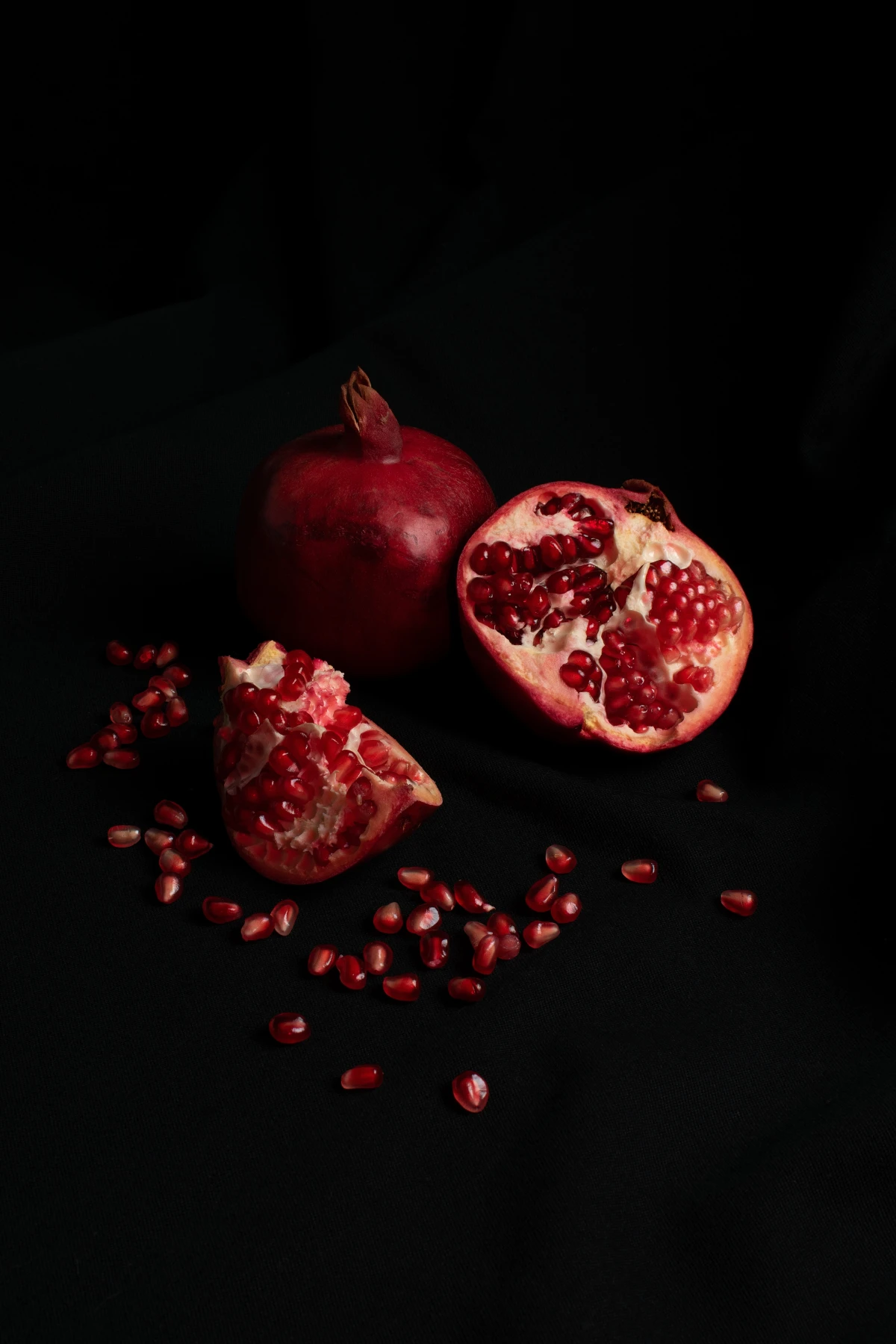
But don’t you dare peel that apple! The skin is where you’ll find a heavy concentration of phytonutrients, especially one called quercetin. Think of quercetin as a natural antioxidant and anti-inflammatory. This is why I always tell people to eat the whole fruit. Tossing the peel is like throwing away the best part. By the way, since pesticides can hang out on the skin, it’s a good idea to either buy organic or give conventional apples a really good scrub under running water.
How to Pick ‘Em and Use ‘Em
Not all apples are the same. Their texture and sweetness totally change how you should use them.
- For snacking raw: You want something crisp and firm. Think Honeycrisp, Fuji, or Gala.
- For applesauce: Go for a softer apple that breaks down easily, like a McIntosh.
- For baking in a pie: You need slices that hold their shape. Granny Smith or Braeburn are perfect for this.
When you’re at the store, look for apples that are firm to the touch with no bruises or mushy spots. Store them in the crisper drawer in your fridge—they’ll stay fresh for weeks, way longer than on the counter. The cold slows down the ripening process.
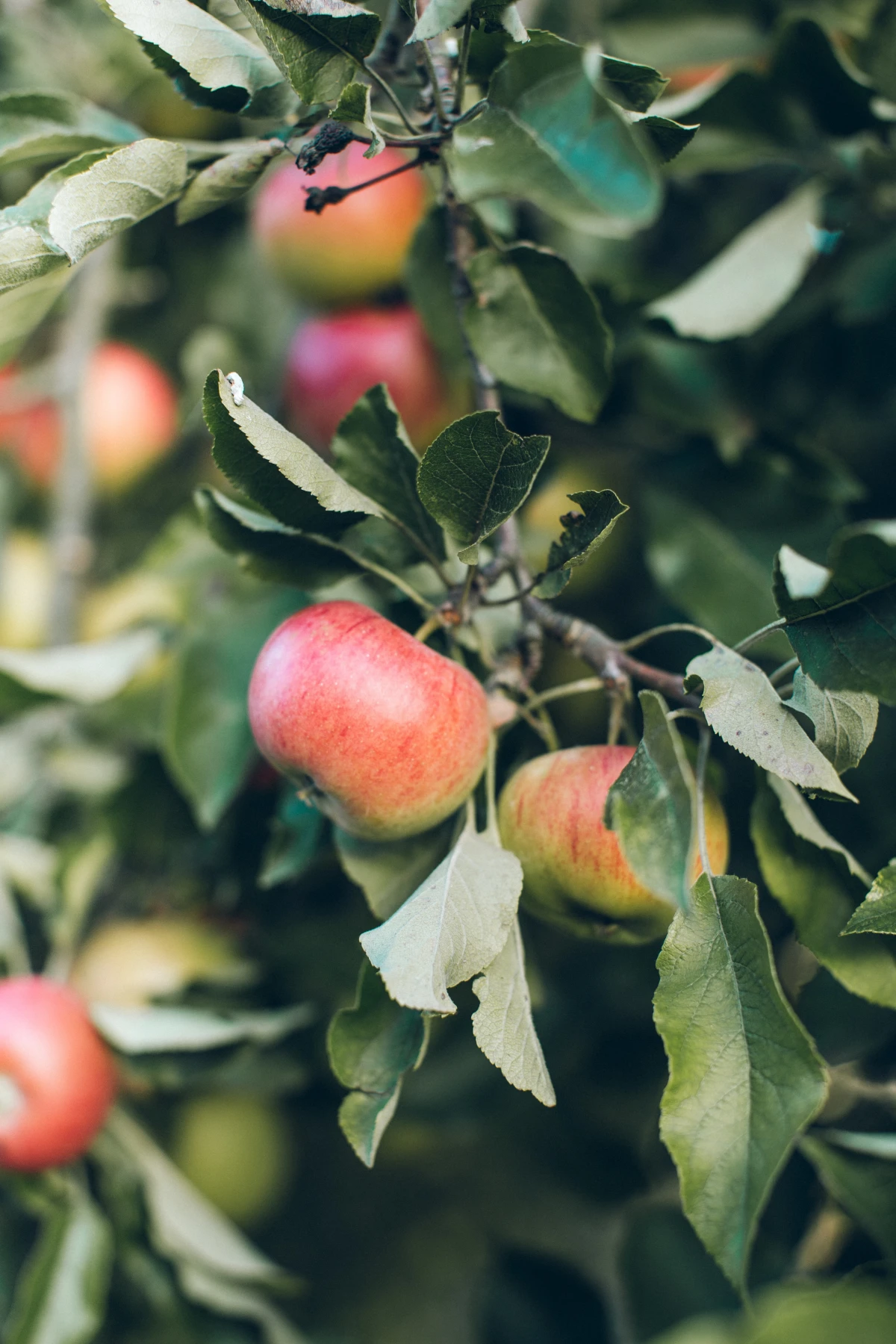
Quick Win: For the ultimate balanced snack, slice up an apple and pair it with a healthy fat and protein, like a tablespoon of almond butter or a few slices of sharp cheddar cheese. This combo slows down sugar absorption even more and keeps you full for hours.
Beets: The Underrated Root Vegetable
Beets are often pushed to the side, but honestly, they’re one of the most fascinating veggies out there. That deep, ruby-red color is a dead giveaway that they’re full of unique compounds you won’t find in many other places.
The Science Behind the Color
That vibrant color comes from pigments called betalains, which are serious antioxidants with major anti-inflammatory benefits. They work on a cellular level to help calm down pathways in the body that can lead to chronic inflammation.
Beets are also one of nature’s best sources of nitrates. Your body converts these nitrates into nitric oxide, a cool molecule that helps your blood vessels relax and widen. This improves blood flow and can help lower blood pressure. It’s a fantastic example of how food can directly support your cardiovascular system.
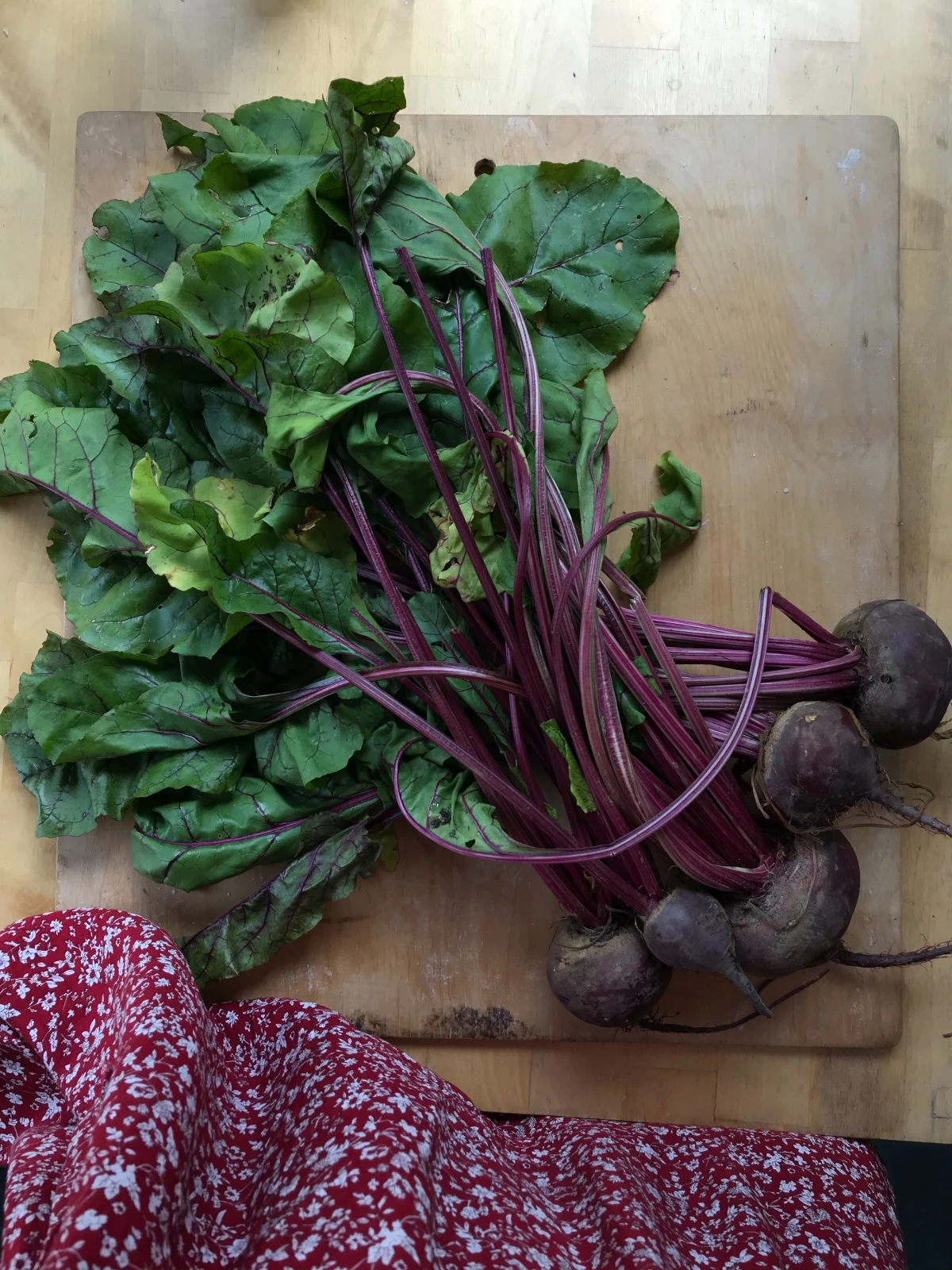
A quick tip for meal prep: Roasting is, hands down, the best way to cook beets. Boiling them is a tragedy—you just end up pouring all the water-soluble nutrients down the drain. To roast them, just chop off the leaves, wrap each beet in a bit of foil, and pop them in a 400°F (200°C) oven for 50-60 minutes until they’re tender. Once they cool, the skins slide right off.
Oh, and don’t toss the leafy tops! You can sauté beet greens with garlic and olive oil in just a few minutes. They taste a lot like Swiss chard and are packed with nutrients.
Heads up! Eating beets can sometimes cause your urine or stool to turn a reddish color. It’s totally harmless, but it can be a shock if you’re not expecting it. It’s just some of the pigments passing through your system. Also, beets are high in oxalates, so if you have a history of kidney stones, it’s a good idea to enjoy them in moderation and chat with your doctor.
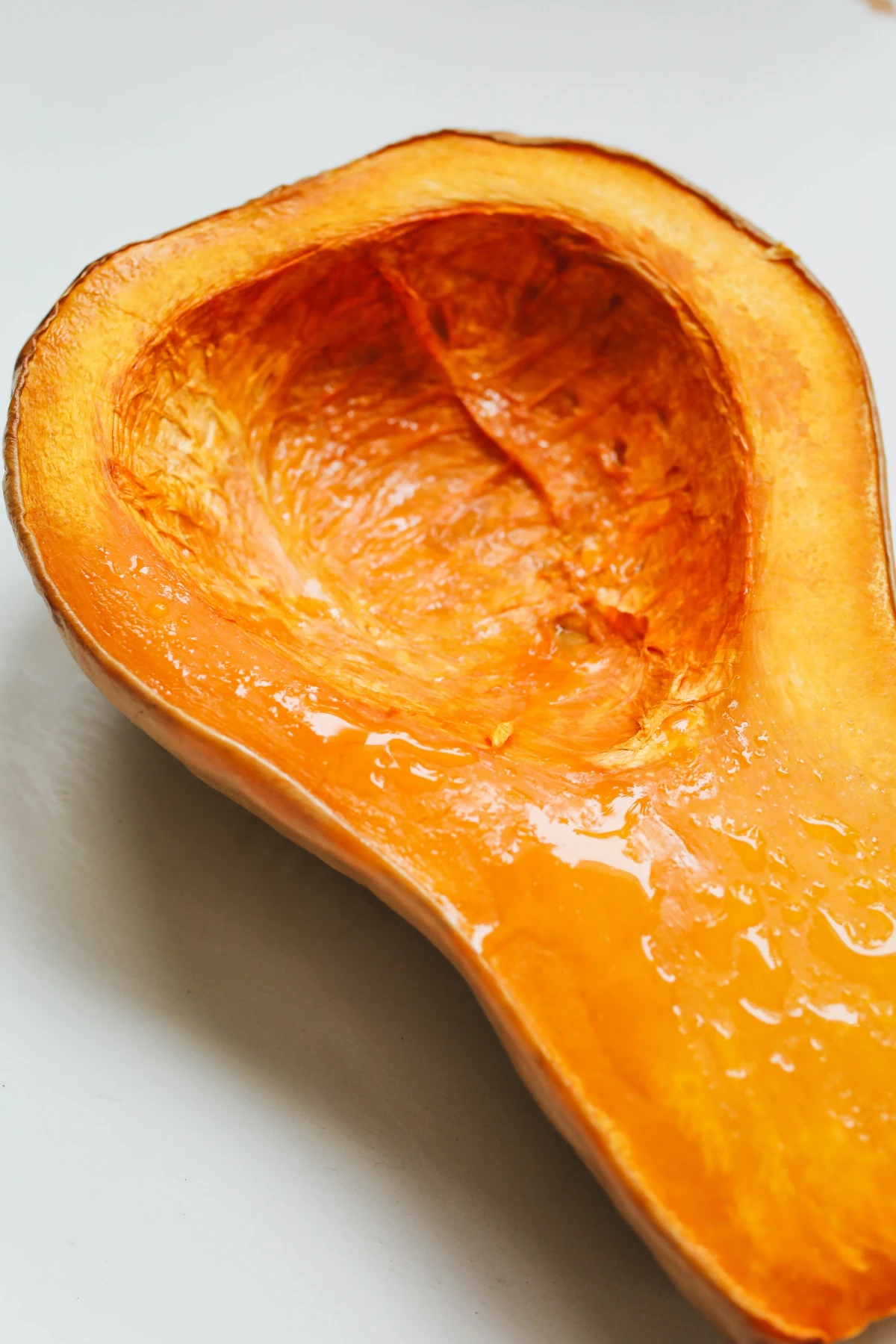
Winter Squash: The Real Star of the Season
Pumpkin gets all the fall glory, but it’s part of a huge, amazing family of winter squash. We’re talking butternut, acorn, delicata, and kabocha squash. They all have slightly different tastes, but they share a nutritional profile that’s perfect for this time of year.
Why It’s So Good For You
That bright orange flesh is a sure sign of beta-carotene, which your body turns into Vitamin A. Vitamin A is critical for good vision, a healthy immune system, and healthy skin. Good to know: Your body absorbs beta-carotene better when you eat it with some fat. So roasting your squash with a drizzle of olive oil or adding a pat of butter isn’t just for flavor—it’s for nutrition!
Winter squash is also a great source of potassium, which helps balance sodium levels and regulate blood pressure. And whatever you do, DON’T toss the seeds! Rinse them, toss them with a teaspoon of olive oil and a pinch of chili powder, and roast them at 300°F (150°C) for about 15-20 minutes. You’ll get a crunchy, magnesium-packed snack that typically costs a few bucks a bag at the store.
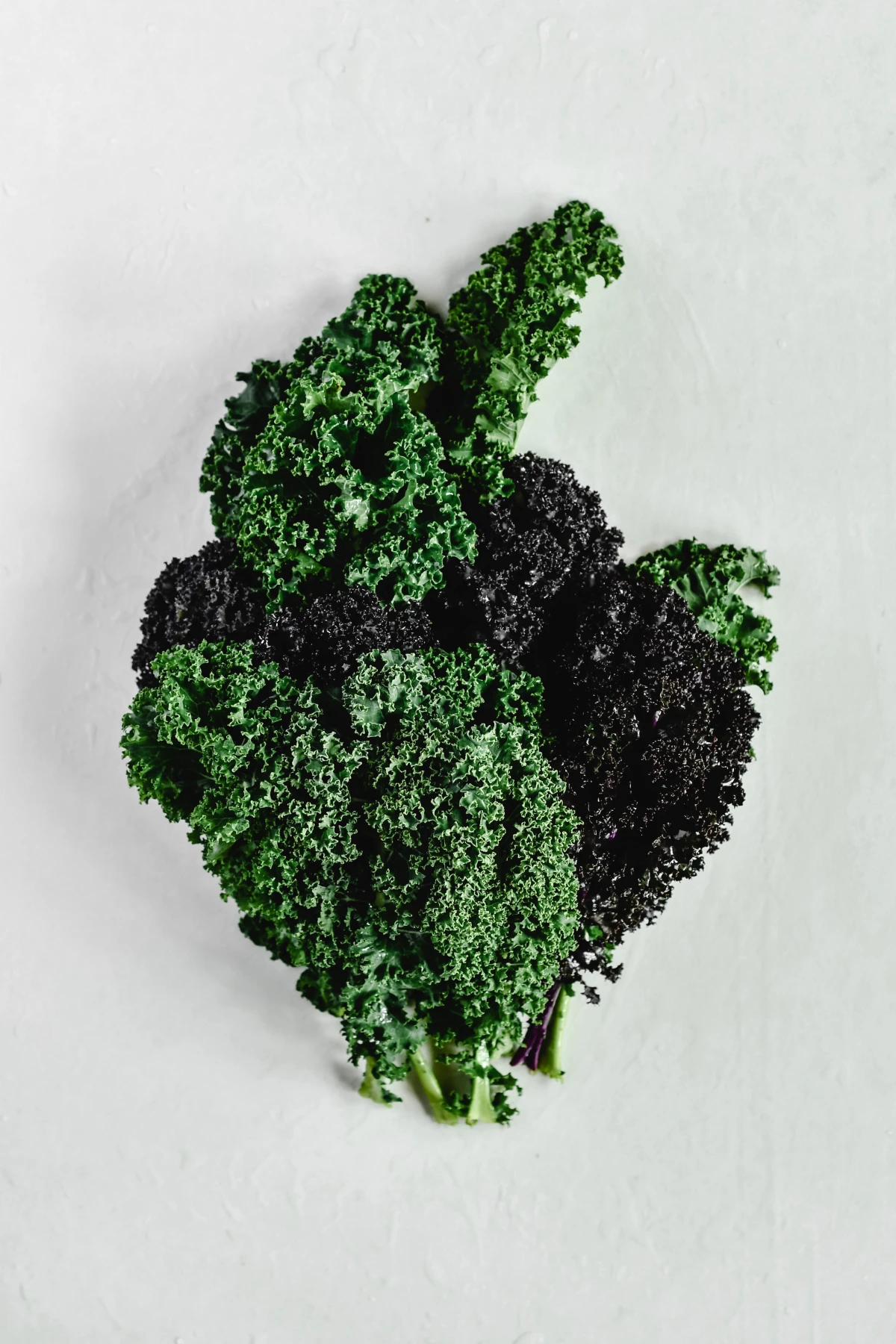
How to Handle a Hard Squash (Safely!)
Cutting a hard winter squash can feel a little intimidating. First, make sure your cutting board is secure—placing a damp paper towel underneath it works wonders. Use a big, sharp chef’s knife. I always recommend slicing a small piece off the bottom to create a flat, stable base. Then, cut it in half and use a sturdy metal spoon to scoop out the seeds.
Best squash for the job:
- For soup: Butternut squash gives you that classic, silky-smooth texture.
- For easy prep: Delicata squash is the winner. You don’t have to peel it—the skin is tender and delicious when roasted!
- For a rich, hearty texture: Kabocha squash is dense, sweet, and almost like a potato. It’s amazing just roasted as a side dish.
Time-saving hack: On a Sunday, roast a whole week’s worth of squash. Cut up a big butternut, roast it, and store the tender chunks in the fridge. You can toss them into salads, grain bowls, or soups all week long.
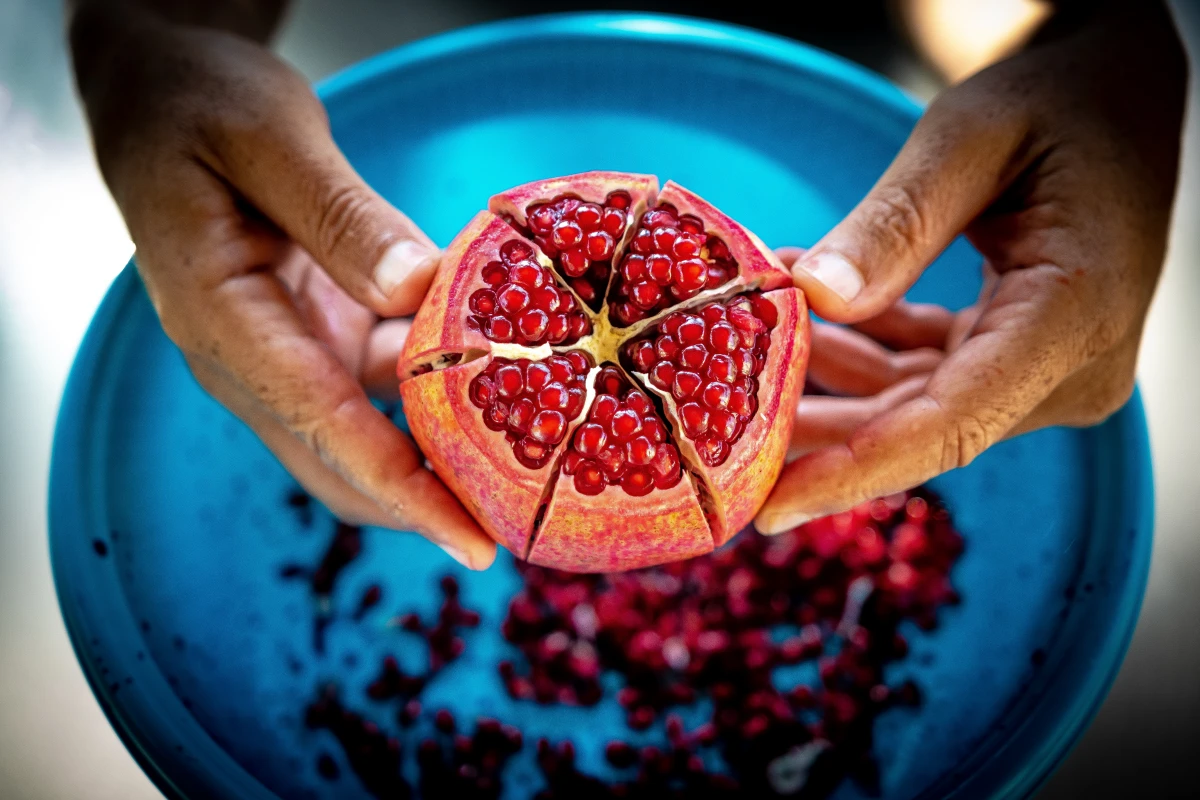
Kale & Co: More Than Just a Trendy Salad
Kale had its moment, but its nutritional power is forever. It actually gets sweeter after a frost, making it a true fall green. And if you like kale, you’ll love its cousins: Brussels sprouts, cabbage, and broccoli.
The Power of Dark Leafy Greens
Kale is a beast, nutritionally speaking. A single cup has more than your daily requirement of Vitamins A, C, and K1. Vitamin K1 is crucial for blood clotting, which is an important safety note for anyone on blood-thinning medication. If that’s you, consistency is key, so chat with your doctor before suddenly adding a ton of kale to your diet.
But the real secret weapon in these veggies are compounds called glucosinolates. When you chop or chew them, you trigger a reaction that creates sulforaphane—a powerful compound that helps support your body’s natural detoxification processes.
The Pro-Tip for Better Kale Salads
Curly kale can be tough and bitter if you just toss it in a bowl. Here’s the trick I teach everyone: Rip the leaves off the tough stems and into bite-sized pieces. Drizzle them with a little olive oil and a pinch of salt. Now for the important part—get in there with your hands and massage the kale for 2-3 minutes. You’ll literally feel it soften and wilt. It turns a brighter green and becomes tender and much less bitter.
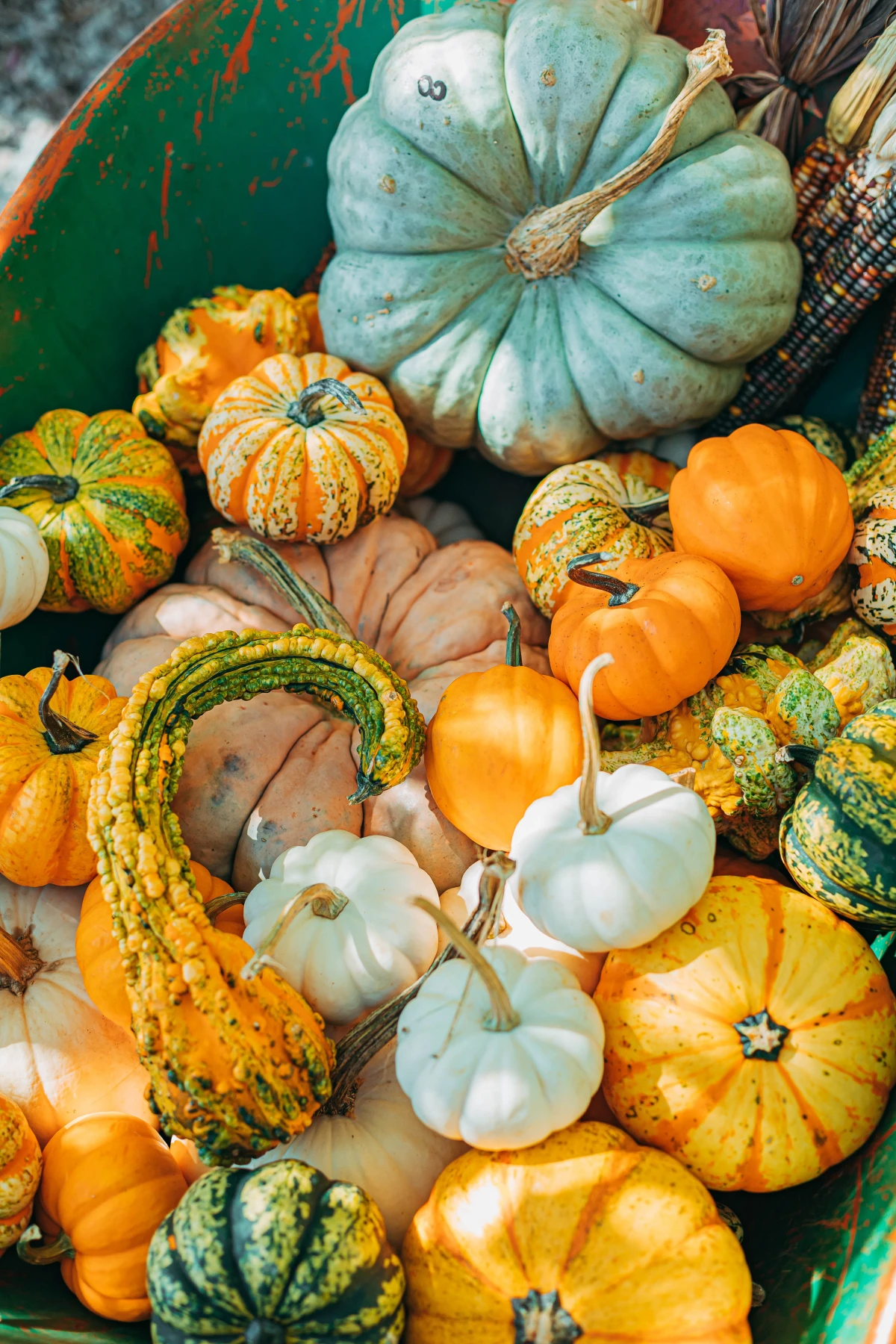
For a super simple, delicious meal, take your massaged kale and toss it with a squeeze of lemon juice, some chickpeas, a sprinkle of feta cheese, and toasted sunflower seeds. It’s a perfect 10-minute lunch.
So, here’s my challenge to you: This week, pick one food from this list that you’ve never cooked fresh before. Buy it, prep it using one of these tips, and see what you think. It’s about taking small, delicious steps toward feeling your best.
Inspirational Gallery
Tired of mushy, bitter Brussels sprouts?
The secret is high heat and not overcrowding the pan. Roasting at 400°F (200°C) with a generous drizzle of olive oil caramelizes their natural sugars, turning them sweet and nutty. By giving them space on the baking sheet, their edges get wonderfully crispy instead of steaming. It’s a simple switch that completely transforms this fall classic.
Don’t throw away your pumpkin guts! A single ounce of shelled pumpkin seeds (pepitas) contains about 7 grams of protein and is a fantastic source of magnesium.
Magnesium is crucial for muscle function, nerve health, and blood sugar control—all especially important as our activity levels might change with the weather. Roasting them with a bit of sea salt and smoked paprika creates a snack that’s both delicious and powerfully nutritious.
The one tool for fall cooking: A high-quality Dutch oven. Whether you’re simmering a chili, braising tough cuts of meat, or baking a no-knead bread, its heavy construction (like those from Le Creuset or Staub) provides unbeatable, even heat distribution. It’s an investment that pays off in flavor every autumn.
- Cinnamon: Adds warmth to apples, squash, and sweet potatoes. Look for Ceylon cinnamon for a more delicate flavor.
- Nutmeg: A pinch elevates creamy soups and kale dishes. Freshly grated is always best.
- Sage: The classic fall herb. Its earthy, peppery flavor is a perfect match for pumpkin and pork.
Look to Japan for inspiration on handling the humble Kabocha squash. Often simmered in a simple dashi, soy sauce, and mirin broth (a dish called Kabocha no Nimono), it becomes incredibly tender and absorbs the sweet-savory flavors. This gentle cooking method respects the vegetable’s natural texture and offers a comforting alternative to roasting.
Butternut Squash: Sweet, nutty, and versatile. Its smooth, tan skin is easy to peel with a good Y-peeler from a brand like OXO, making it perfect for silky soups and purées.
Acorn Squash: Milder and slightly more fibrous. Its iconic ridged shape makes it ideal for stuffing and roasting in halves, creating a beautiful presentation.
For ultimate creaminess, choose Butternut. For a hearty, stuffed side dish, grab an Acorn.
One cup of cooked kale has over 1000% of the daily recommended value of Vitamin K, essential for blood clotting and building strong bones.
While apples often steal the spotlight, pears offer a different kind of fall magic. Their soft, buttery texture and honeyed sweetness are a perfect counterpoint to sharp, savory flavors.
- For Salads: Pair crisp Bosc or Anjou pears with tangy blue cheese, walnuts, and a simple vinaigrette.
- For Roasting: Halve them and roast alongside pork or chicken to create a natural, sweet glaze.
- They provide steady, slow-release energy that fuels you for hours.
- They keep for weeks, even months, if stored correctly.
- They act like a sponge, absorbing the delicious flavors of herbs and spices.
The secret? The unsung heroes of the fall pantry: root vegetables. Storing carrots, parsnips, and beets in a cool, dark place makes nutritious meals accessible all season long.
Beyond nutrition, there’s the simple, soul-warming comfort of a kitchen filled with the scent of roasting vegetables. That deep, caramelized aroma of squash, onions, and herbs is more than just cooking—it’s the essence of autumn, a sensory signal to slow down and savor the season.










